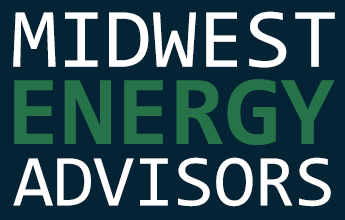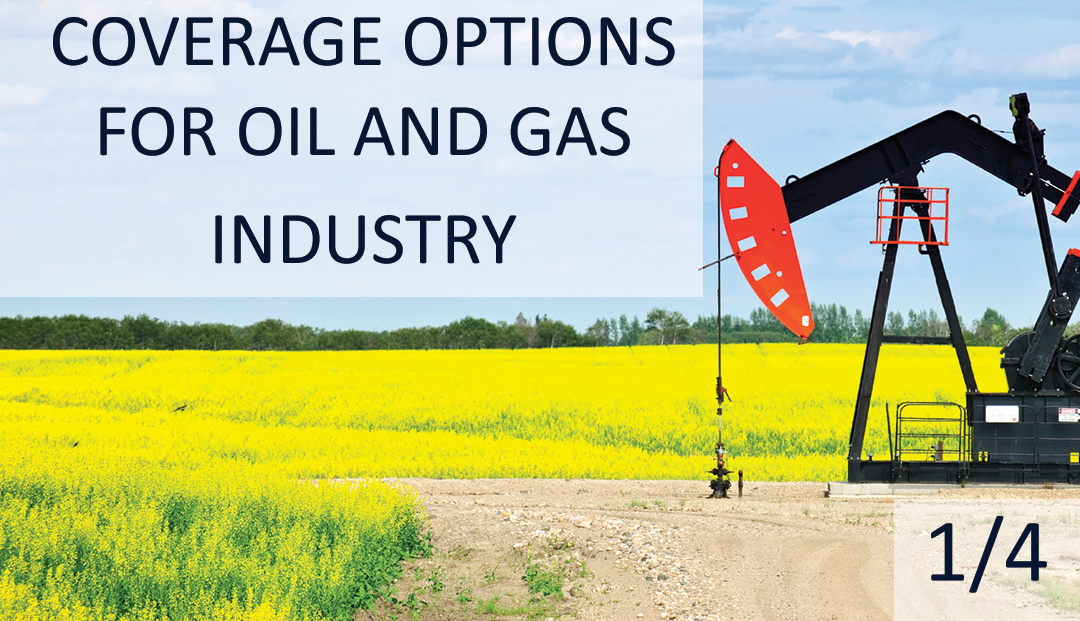Nearly 500,000 workers are currently employed in the oil and gas extraction industry in the United States, according to the Bureau of Labor Statistics, and that number is on the rise as the world’s demand for energy continues to grow. This increase means more risks for well operators as they struggle to keep up with demand. There are many types of coverages available to those in the oil and gas industry to help mitigate these risks.
What Kinds of Risks Does the Extraction Industry Face?
Risks in the oil and gas industry can be split into three categories:
- Environmental
- Equipment and property
- Worker health and safety
Environmental risks are the most far-reaching risks faced by the oil and gas industry. Major oil spills, gas emissions and other contaminations are well documented and are considered to be part of doing business.
Equipment risks include malfunctions and downtime, which lower the profitability of the operation. Property risks include lost or damaged wells or drills and damage to equipment during transportation.
The fatality rate for oil and gas workers is seven times the national average for all workers. Providing the proper training and safety measures for workers as the industry continues to expand will be important for employers to remain profitable.
What are Your Coverage Options?
There is a host of coverage options available to those in the oil and gas industry. Typical commercial general liability (CGL), protection and indemnity (P&I), marine employer’s liability (MEL) and hull insurance policies are likely not sufficient to cover many of the risks the industry faces
Environmental Coverage Options
Pollution insurance is a necessary coverage because CGL policies typically exclude pollution events. Specific pollution insurance coverages often cover operators from gradual environmental incidents; coverages include:
- Pollution legal liability (PLL) or environmental impairment liability (EIL), which are site-specific coverages written on a claims-made basis. Incidents that are gradual in nature and take a long time to discover, such as a small pipeline leak, may trigger a claim. It is usually not covered under a PLL/EIL policy if an operator knows the exact point at which the incident occurred.
- Contractors pollution liability (CPL) insurance, which covers oil and gas contractors against claims from third-party bodily injury, property damage, cleanup costs and/or environmental damage due to their work on a worksite.
- Storage tank liability (STL), which covers damage from leaking storage tanks, whether they are above- or below-ground.
Read each article from Coverage Options for Oil and Gas Industry
Part 2 – Equipment and Property
Part 3 – Worker Health and Safety
Part 4 – Additional Coverage Options

Travis T. Beynon
Principal and Risk Manager
Travis’ practice has a key focus on the Energy Industry and he brings years of valuable experience and risk management expertise to those he works with.
231-947-8800

